Brass in 3D printing
Brass: a versatile metal
Brass is an alloy consisting mainly of copper and zinc. The proportion of zinc can vary between 5% and 45%, which influences the properties of the metal. Brass is known for its gold-like color, corrosion resistance and good workability, making it a popular material in many applications.
Traditional use and origin
The use of brass dates back to ancient times. Even the Romans used brass for the production of coins, jewelry and art objects. In the Middle Ages, brass was particularly valued in Europe for the manufacture of bells, candlesticks and musical instruments. The ability to combine copper and zinc to form an alloy was discovered independently in different cultures, which contributed to the widespread use of brass.
Modern application
Nowadays, brass is used in many areas. Due to its corrosion resistance, it is often used for the manufacture of fittings, valves and pipes. In the electrical industry, brass is an important material for connectors and contacts. It is also popular in jewelry making and arts and crafts, as it is easy to shape and polish.
Brass remains an important material in many industries and crafts due to its versatility and aesthetic properties. It combines tradition with modern applications and remains an indispensable material.
Brass in 3D printing
Selective Laser Melting (SLM) is an advanced manufacturing process in which a high-power laser melts metal powder layer by layer to create complex and precise components. This process enables the production of components with high density and excellent mechanical properties.
Special features of brass in 3D printing
PROTIQ is currently the only supplier to additively manufacture brass using the SLM process. When 3D printing brass, layers with a thickness of just 20 thousandths of a millimeter (20 micrometers) are applied. This fine layer thickness enables a high level of precision and detail in the printed parts.
Areas of application
Brass manufactured using SLM is used in various areas:
Connection technologies: Due to its good conductivity and mechanical properties, brass is used in connecting elements.
Connection technologies: Brass parts are used in electronics and electrical engineering for connections and contacts.
Prototypes: The fast and precise production of prototypes is another advantage of 3D printing with brass.
Sanitary areas: In the sanitary sector, brass is often used to coat surfaces and create decorative elements.
Pipe technology: Brass is used in pipe technology due to its corrosion resistance and durability.
The combination of SLM and brass opens up new possibilities in additive manufacturing that fulfill both functional and aesthetic requirements.
Advantages of brass in 3D printing
-
Optical properties: Brass has an attractive, gold-like color that makes it ideal for decorative applications
-
Good post-processing: Printed brass parts can be easily post-processed to achieve the desired surface properties
-
Easy to polish: Brass can be easily polished to achieve a shiny and smooth surface.
-
Anodizing: The material can be anodized to protect the surface and increase corrosion resistance.
-
High resistance: Brass is corrosion resistant and durable, making it attractive for many applications.
- Optical properties: Brass has an attractive, gold-like color that makes it ideal for decorative applications
- Good post-processing: Printed brass parts can be easily post-processed to achieve the desired surface properties
- Easy to polish: Brass can be easily polished to achieve a shiny and smooth surface.
- Anodizing: The material can be anodized to protect the surface and increase corrosion resistance.
- High resistance: Brass is corrosion resistant and durable, making it attractive for many applications.



 Deutsch
Deutsch English
English Italiano
Italiano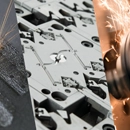
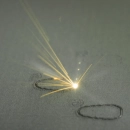
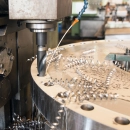
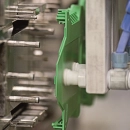
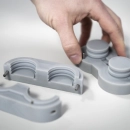
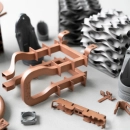
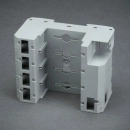
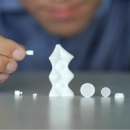
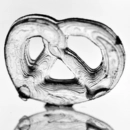

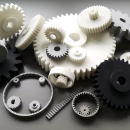
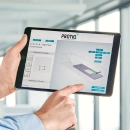
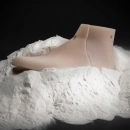
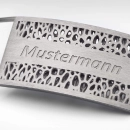

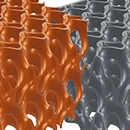
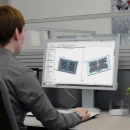
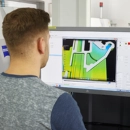
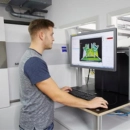
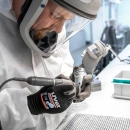
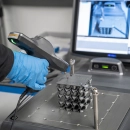
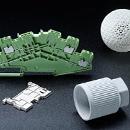
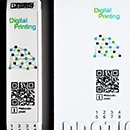
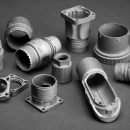
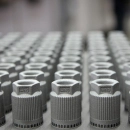
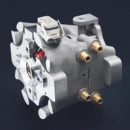
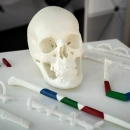
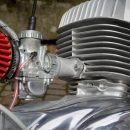
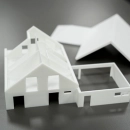



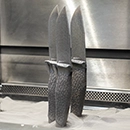

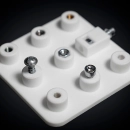

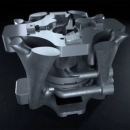


.jpg)









